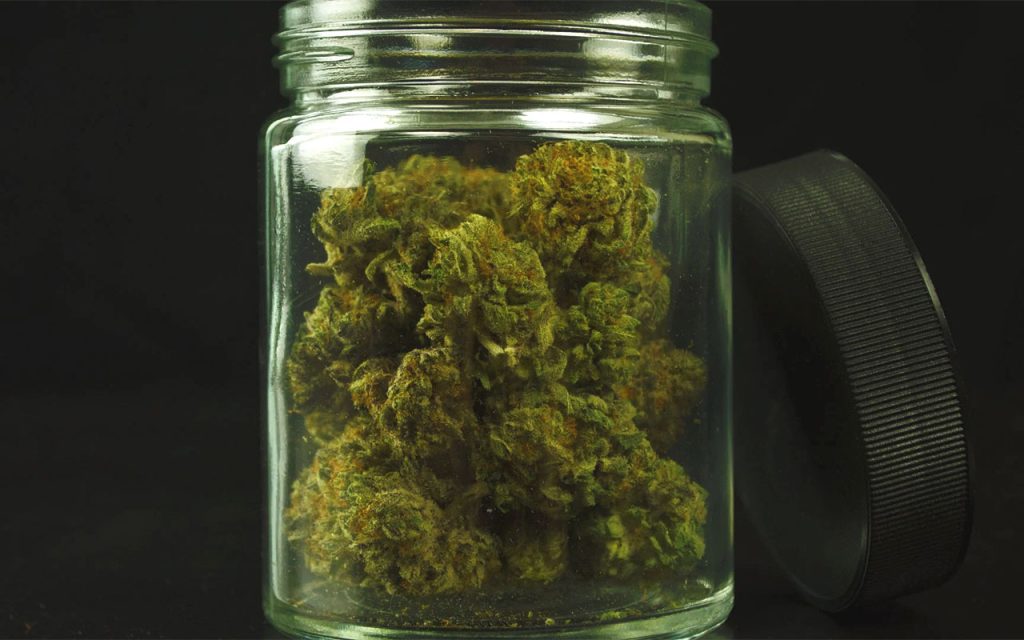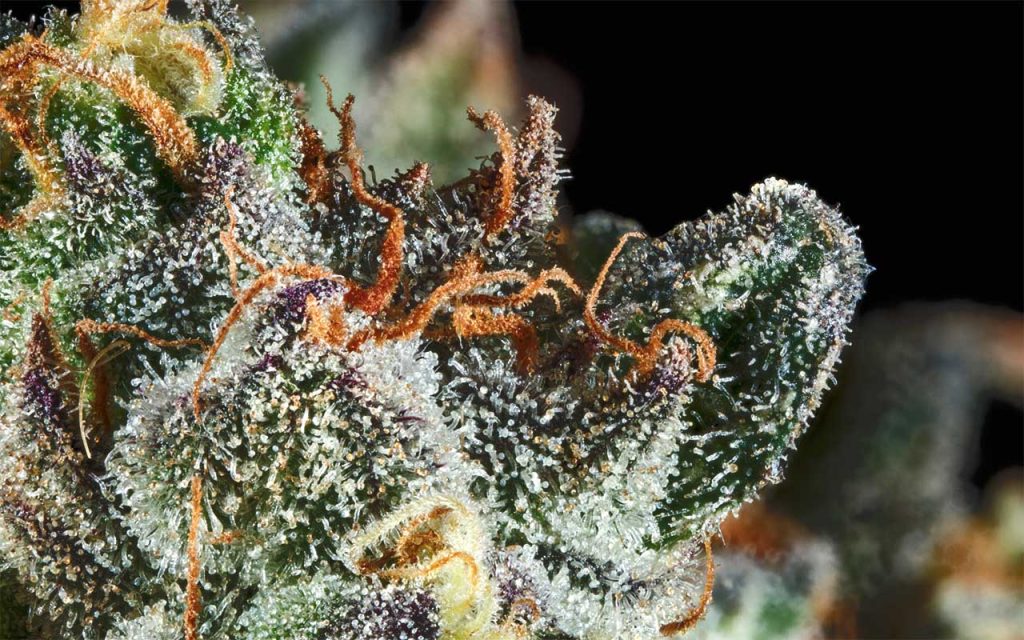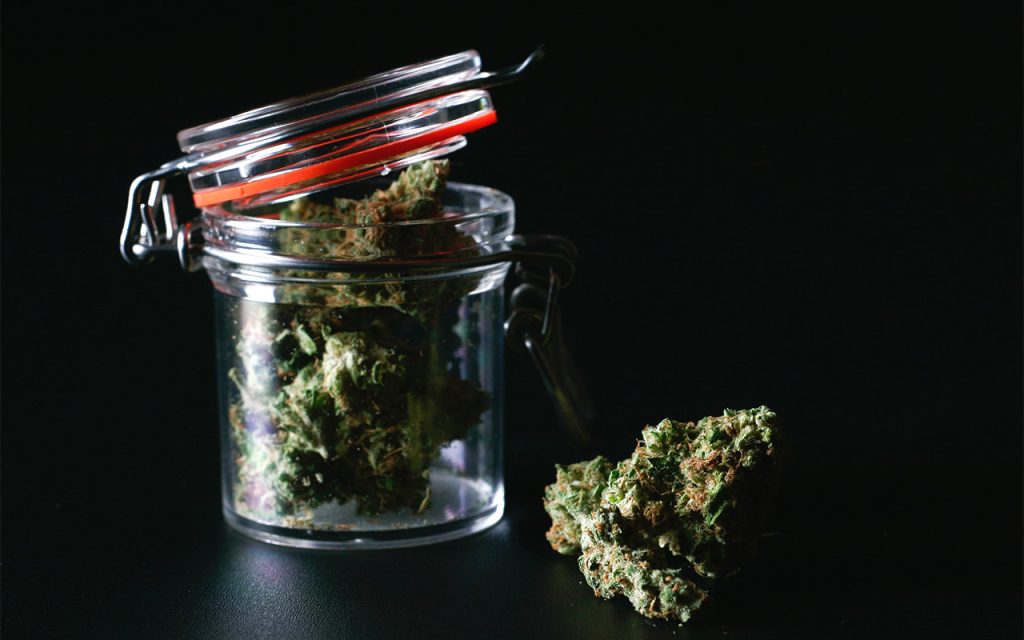When it comes to weed, what does “cure” mean? Curing herb is the process of removing bacteria for long-term storage. The curing process is one of the most important steps after harvesting and trimming the leaves from the stem. Patience is the key to getting high-quality smoking products ready for use by consumers of medical cannabis varieties.
When done correctly, drying marijuana and curing cannabis not only increases the strength and terpene profile, but also reduces the likelihood of mold or bacteria on the dried marijuana buds. Understanding what happens from start to finish will definitely give you more knowledge about what marijuana cultivators do for medical marijuana (MMJ) patients.
Curing cannabis buds: the drying process and unlocking the potential

The benefits of drying and curing marijuana are that they help improve the flavor and smoothness of the product, for example, to fully unleash the strength and potency of the strain, to destroy chlorophyll, to get rid of the unpleasant “fresh hay” odor (situationally associated with the smell of a freshly harvested bud). As with fine wine, the treatment process can significantly affect the quality and impact of a particular strain on a person.
In many cases, proper treatment of the herb changes the subjective effect of consumption, so keep an eye on how local producers treat their buds! It’s not only about excellent genetics, but also about how the grower takes care of the plants throughout their life, which makes the difference between “medium grade” products and cones worthy of “top grade”.
How long does it take to cure?
The marijuana drying process can take anywhere from a few days to a little over a week. The process of curing the cones can take from 2 to 16 weeks, i.e. from about half a month to a little over 5 months.
Each strain has its own “sweet spot”, so if it’s a favorite strain from a master grower, be patient! As the saying goes: “Absence makes the heart grow fonder,” if you have a local cultivator you follow, learn to appreciate the absence of their product. After all, they spend countless hours from start to finish to grow perfectly dried cannabis.
What should the humidity be for curing cones? Do the cones seal during drying?
Before we move on to the average conditions, let’s talk about the proper environment. A special clean room should be dedicated to this process, where the environment is controlled and well ventilated. There are many factors that depend on the specific variety, but to achieve the highest quality cones, the room temperature should be 21℃ and the humidity level should be 45-65% (this range also depends on the variety, we will discuss it below).
This prevents excessive dryness/rotting and also helps to avoid mold formation during the operation of dehumidifiers.
In short, the cones become denser during drying because water evaporates from the harvested marijuana. From 45 kilograms of wet weight of marijuana, you can get 11-16 kilograms of dry herb.
What happens during the cannabis counting process?

During the curing process, the cultivator will maintain and regulate the humidity/temperature by allowing airflow to the product in a controlled container. As a consumer, keep an eye on this as it can help you avoid buying too dry or moldy herb at a dispensary. Drying and curing refer to the same process, but for an experienced grower, they are two different processes.
How dark should the drying room be?
Now that we have an understanding of the most important aspects of drying marijuana, let’s talk about the environments for proper curing of the herb after harvesting and drying in the proper conditions. Marijuana buds must be cured in an environment that does not allow the quality of the material to deteriorate.
The key is to avoid exposure to light; containers should be stored in a dark place. Heat and UV light can lead to the destruction of valuable marijuana molecules cannabinoids and terpenes.
When the buds are cured properly, you can enjoy the full spectrum of the terpene profile of a particular cannabis strain, so ꞵ-myrcene, linalool, ꞵ-pinene, d-limonene, etc. are what help give a particular strain its special effect when consumed. Each strain contains not only different amounts of cannabinoids, but also terpenes, which play a big role in the effect it can have on a person. The last thing anyone wants is to get a low-quality product due to poor treatment.

Curing is an art form, and it is one of the steps in successfully drying marijuana cones. Think of an orange peel as it lies in the sun. Yes, it ripens, but too quickly, so the orange flavors (terpenes) are destroyed and after a day or two you are left with a brown peel without any profile. It’s the same with buds, if they are not cured properly, they can lose the full spectrum of their strain. That is why multiple cultivators can grow the same strain and produce different products.
How to dry cones without hanging
Using proliferation jars as a medium is the best way, avoiding exposure to light and heat so as not to spoil the cannabis cones. For example, some cultivators keep their cannabis in large jars or jars made of glass that filters out all visible light except for purple.
This is what professionals use. There are other ways, but this is a proven safe method for beginner smokers. Also, look out for large totes or barrels – they are another suitable means for polymerization.
Can dry cones be treated with water?
If the cultivator started with properly dried buds, the polymerization process is not difficult. If the crop is too wet before curing, the cones will clump together and mold is likely to develop.
Increased humidity also contributes to the fact that anaerobic bacteria will begin to destroy the herbal batch. A sign of this is the smell of ammonia that comes out of the jars every time you open them. On the other hand, treating the cones too dry will result in a crumbly and hard mass that is unpleasant to smoke. Dry cones can be treated with water, but this requires more attention to detail.
Therefore, the best way to dry and cure cones is to avoid exposing them to contaminants in a controlled drying environment, and having the proper equipment and ventilation is the safest way to do this. Always remember that the curing process is different for each type of consumable.
